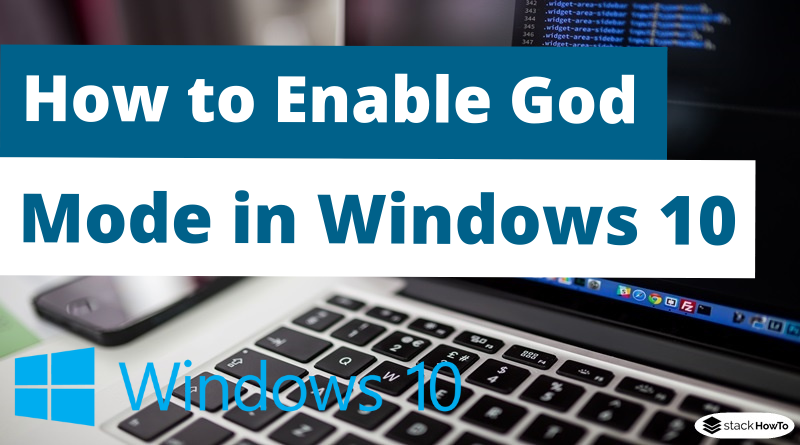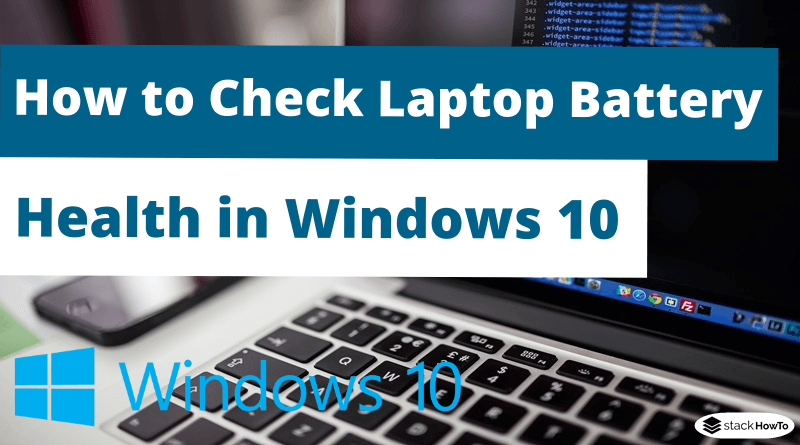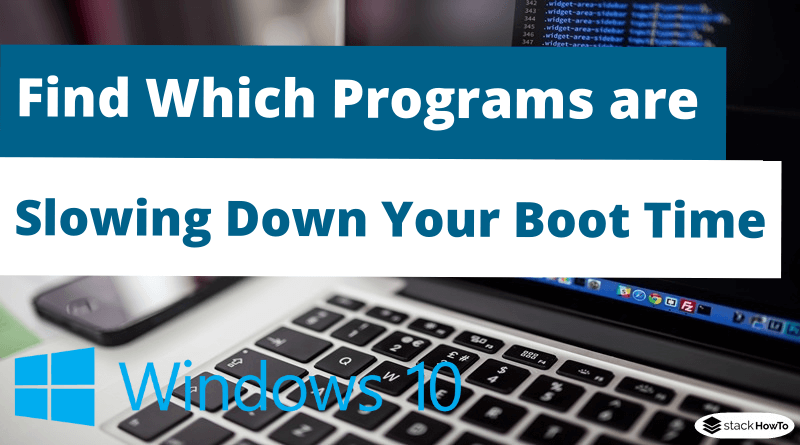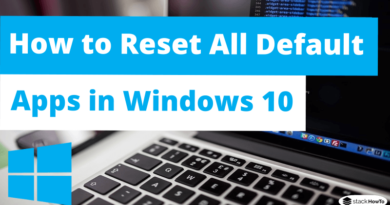How to Increase Battery Life of Windows 10 Laptop
In this tutorial, we are going to see how to increase battery life of Windows 10 laptop. When we use an electronic device, long battery life is always our goal. We want our devices to last longer on a charge and minimize the need to recharge them as much as possible.
Tips 1: Decrease screen brightness
The source of battery drain is your screen’s backlight, which consumes more power than other components in your laptop (with the possible exception of a graphics processor in a Gamer laptop). A few percentage of brightness can go a long way.
Tips 2: Battery saver mode
Windows 10 offers a simple way to enable the operating system’s battery saver mode, which limits background activity and pushes notifications. To enable the mode:
- Open the Notification Center
- Click on the battery saver button
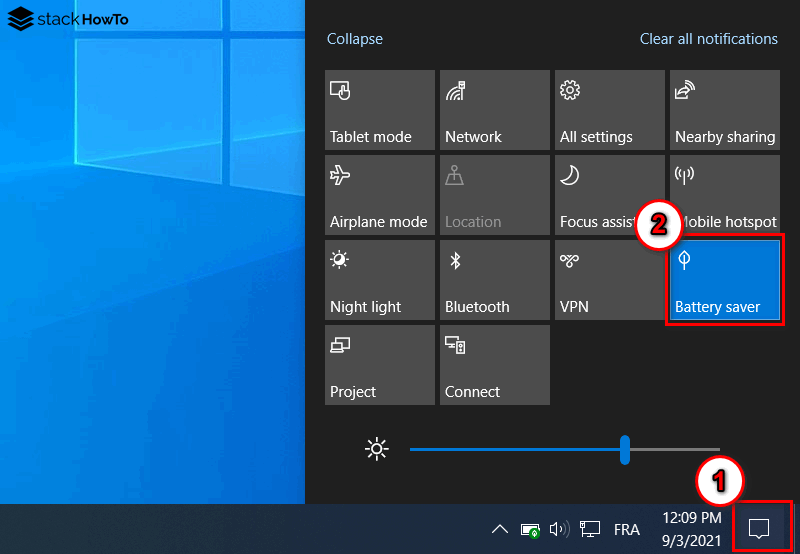

You can refine the battery saver, to do this follow the next steps:
Step 1: Click on the Start button at the bottom left of your screen.


Step 2: Click on Settings.
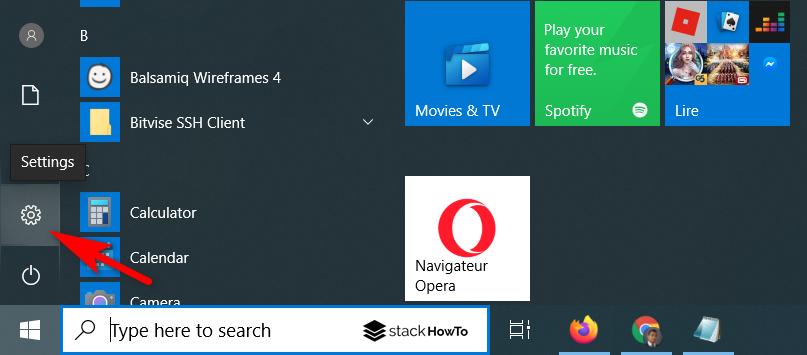

Step 3: Click on System.


Step 4: On the left menu click on Battery.
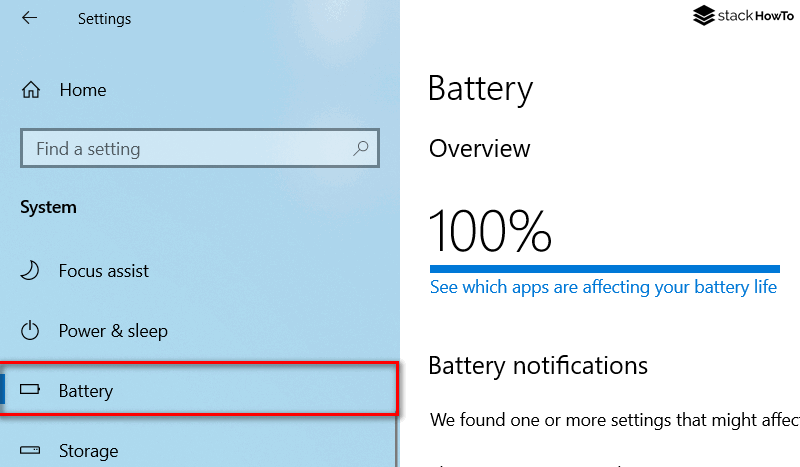

Step 5: The setting gives you options to decide when to activate the mode automatically (its default value is 20%) and if you want to automatically lower the brightness of your screen when it is activated.


Tips 3: Put to sleep
Set your laptop to go to sleep when you are not using it. To decide when your computer should go to sleep follow the next steps:
Step 1: In the search box, type Control Panel and then press it to open it.


Step 2: Click on Hardware and Sound.


Step 3: Next click on Power Options.
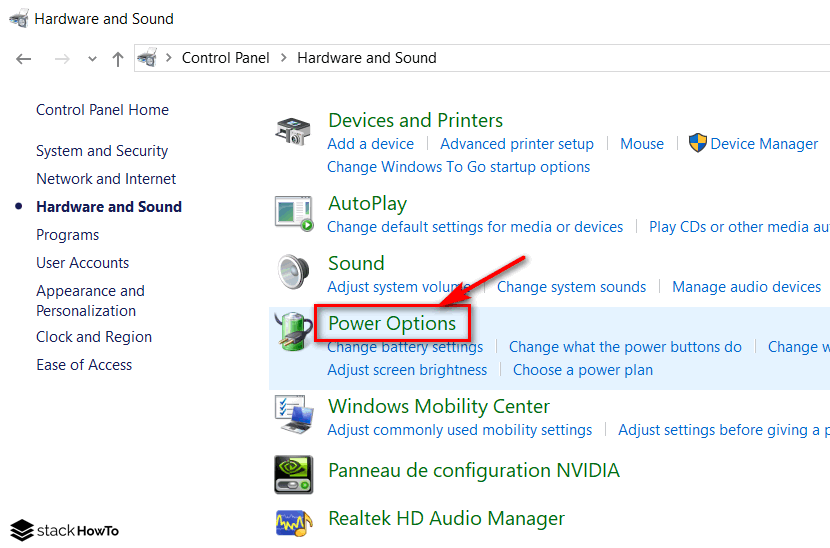

Step 4: On the left menu, click on Change when the computer sleep.


Step 5: In the menu next to Put the computer to sleep. The default interval is 15 minutes, but you should choose a shorter time so that your laptop will activate after only a few minutes of inactivity. You can also choose a shorter time interval so that the screen turns off by itself.


Tips 4: Activate Airplane Mode
Airplane mode turns off your laptop’s wireless radios, disabling Bluetooth and Wi-Fi. It’s a quick way to save electricity.
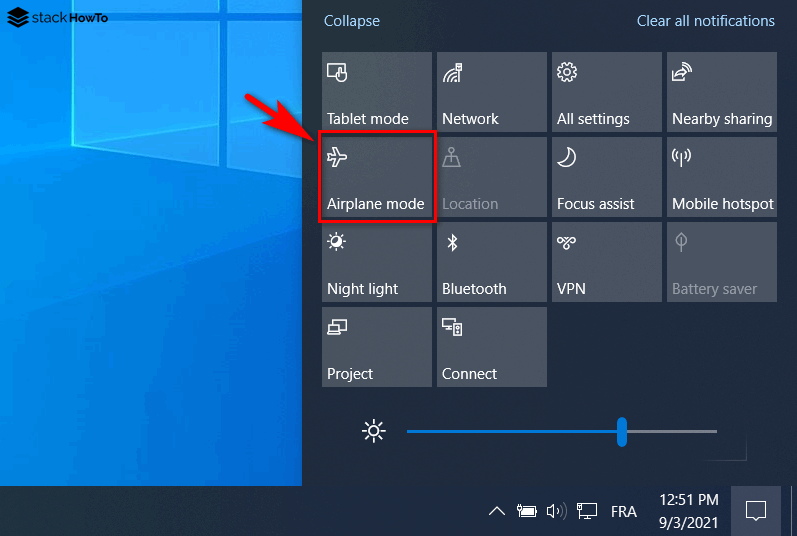

Tips 5: Upgrading to an SSD
More and more laptops are equipped with SSDs by default, but those with a traditional hard drive can be easily upgraded. An SSD consumes less power than a hard drive. Also, because an SSD lacks moving parts, it is faster and more durable.
Tips 6: Use a high contrast theme
They don’t look nice, but high-contrast themes in Windows 10 can save energy. They use black pixels, with white and yellow text, which is much more energy-efficient than a bright white background. These themes are designed to help you see the display more easily, but it’s a nice perk.
Tips 7: Remove peripherals, hard drives and USBs
Anything you have attached to your laptop takes up some power. Whether you’re syncing a phone, backing up your data, or have a disc, they all need power. Disconnect all your extras to save some juice.
Tips 8: Limit background programs
You may have programs running in the background that you don’t even know about. This is often because these programs are set to launch when you start your laptop.
Tips 9: Antivirus
Your antivirus software may be set to automatically scan your laptop every week. This is a good idea, as it helps you keep your computer clean. But if the scans are run while you’re on battery power, you may lose some juice. Depending on your antivirus program, you may be able to delay scheduled scans until you’ve plugged in your laptop. Alternatively, you should choose a time when you are likely to be near an outlet.


